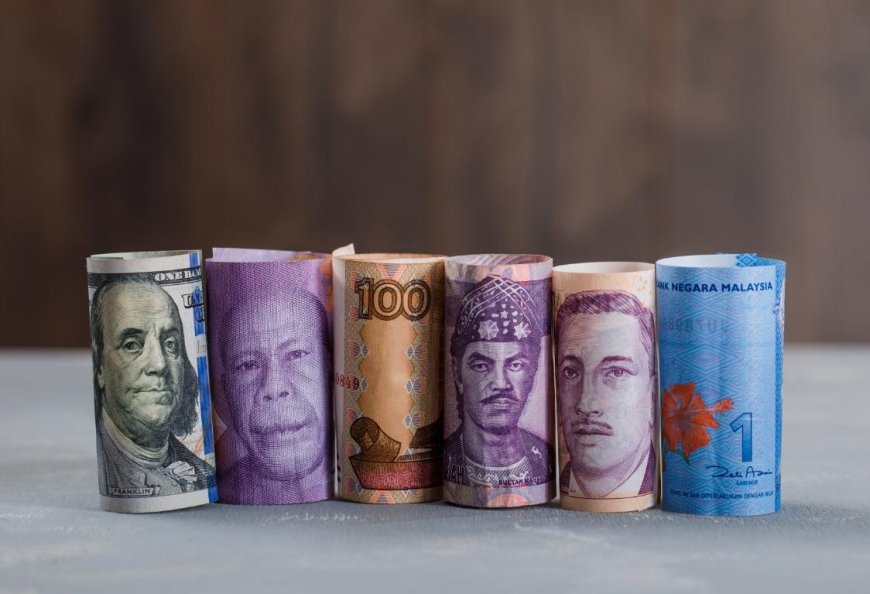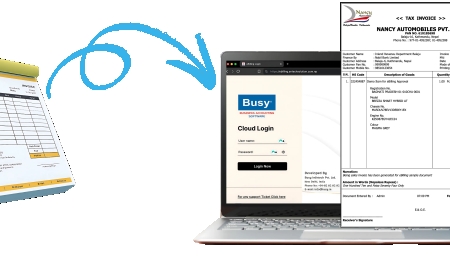Avoid Hidden Fees: A Guide to Transparent Forex Transactions
Avoid Hidden Fees: A Guide to Transparent Forex Transactions

Ever felt like youve lost money in a forex transaction, but you cant quite put your finger on where it went? No, you are not alone. Hidden fees in foreign exchange transactions are more widespread than you imagine. They typically work invisibly robbing you of your money.
No matter if you are transferring money back home to support your family, sending payments to your overseas business partners, or exchanging cash for your trip abroad, the most basic thing is that the customer should be aware of the transaction costs. Indeed, lots of people are still taken aback when they see additional costs that the supplier just never thought it necessary to talk about, resulting in them having less money than envisaged.
This blog unpacks the hidden fees lurking behind foreign currency exchange in India and gives you practical tools to ensure clarity, control, and confidence in your currency exchanges.
1. Understanding Hidden Fees
Most of the forex transactions look just like a normal transaction where one buys, and another sells according to the published rate. But underneath that, nothing is simple, and there are hidden fees with forex transactions that can surprise you. Do you know what the most typical of those charges are?
1.1 Currency Conversion Margins
It is easily the cost that goes without saying too much. In the case of a foreign exchange service provider, they frequently advertise zero commission, but they may give rates that are not anywhere near the mid-market rate. For example, if the real rate is AED to INR equals 23.50, then the provider may be giving you the rate of 23.31 - the difference is their profit. These seemingly small changes do have a huge effect when the deal is large.
1.2 Withdrawal and Transfer Fees
When you move money overseas or pull out foreign notes, banks and money apps often sneak withdrawal fees into the mix. They rarely flag these costs upfront. A Keralite in Dubai sending cash home to Ernakulam, for example, may find a slice taken off the payout after the relative arrives and end up with much less cash on withdrawal.
1.3 Service Charges and Maintenance Fees
Some platforms sneak in admin or service charges behind vague terms. These can show up as monthly flat fees, inactivity penalties, or processing costs nobody mentioned until after the money has moved and every little bite is taken.
Checkout: Buy Forex Online
1.4 Intermediary Bank Fees
With regular wire transfers, the sum usually hops through several middle banks, and each one clips a small fare. Because of that chain, the total that lands in the family members' accounts is often lower than expected. How many customers learn about it only when the receiver reports a smaller figure?
1.5 Weekend and Off-Hour Markups
Several forex apps quietly inflate rates late on weekends or after-hours, when trades are thin. If a traveller swaps cash Friday night in Dubai Mall before a short Kerala trip, the markup can add a hidden layer of cost simply because midnight happened to be the moment.
2. Solutions for Transparency
So now we have the concealed matters uncovered, let's see how you can secure yourself and make sure that forex transactions are transparent.
2.1 Do Your Research
Prior to settling for a forex service provider, take time to find out the expenses that are applied to each transfer. Do not rely on advertisements only, "zero fees" or "best exchange rates," but avail of the opportunity to get acquainted with the company's full cost of the transfer.
Currency exchange in India is tightly monitored by financial regulatory bodies like the central banks, for example, many local forex businesses (like licensed money changers) are under the regulation of the Reserve Bank of India (RBI). It is important to make sure the service provider is operating within these guidelines.
2.2 Use Comparison Tools
Tap on digital rate-comparison apps and websites that show live forex quotes. Services such as XE, Wise (previously known as TransferWise), and OANDA let you line up the mid-market rate against what most brokers offer so you see where the markup hides. Keeping one of these pages open can be a simple way to make sure you are not overpaying.
2.3 Ask for a Full Cost Breakdown
So always push your broker, bank, or app for a line-by-line breakdown of every euro, dollar, or rupee that will change hands. That list should spell out the rate spread, handling fees, wire charges, and any bank deductions so nothing trips you up later.
2.4 Read Customer Reviews
Before you commit to any money-transfer service, spend just a few minutes with customers who have already used the service. They almost always write about surprise fees or offers that seemed great but fell apart once the money moved. Such feedback gives you a clearer sense of what working with the broker is actually like.
2.5 Verify Licenses and Regulatory Compliance
Always choose a forex broker that holds a license in your home market. In the UAE, make sure it is approved by the Central Bank of the UAE. In India, always check that the firm is either an Authorized Dealer or a Full-Fledged Money Changer-licences that the RBI itself grants and regularly monitors.
Conclusion
Hidden forex fees are often quiet. Knowing where these costs lurk and learning how to dodge them matters for anyone who deals in currency exchange India. Whether youre a parent supporting your childs studies abroad or a business owner settling a shipment, demanding clear, honest pricing from your forex provider is non-negotiable.
Take charge of your next currency move as they dont come with surprises.

































